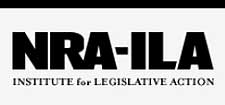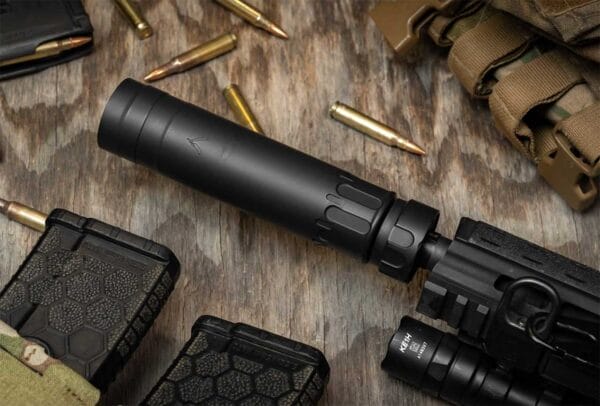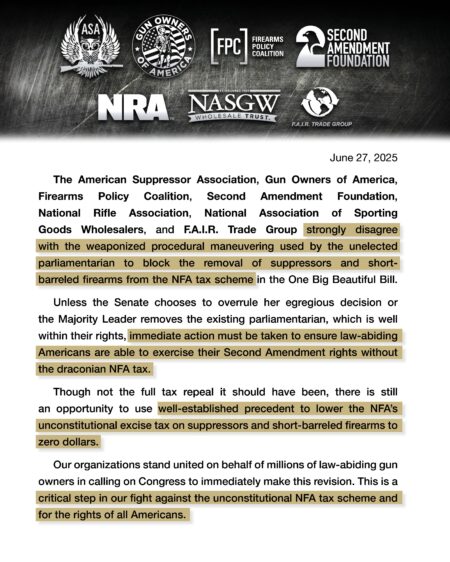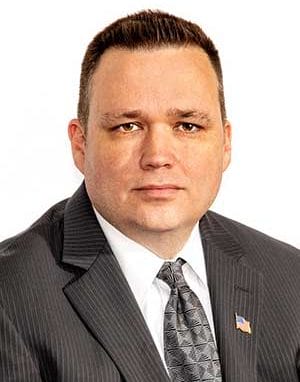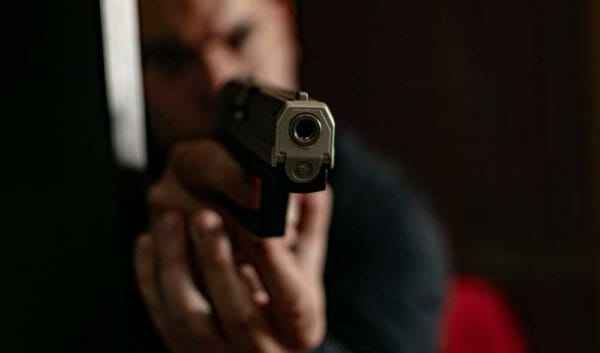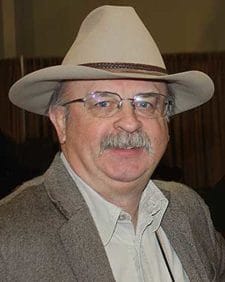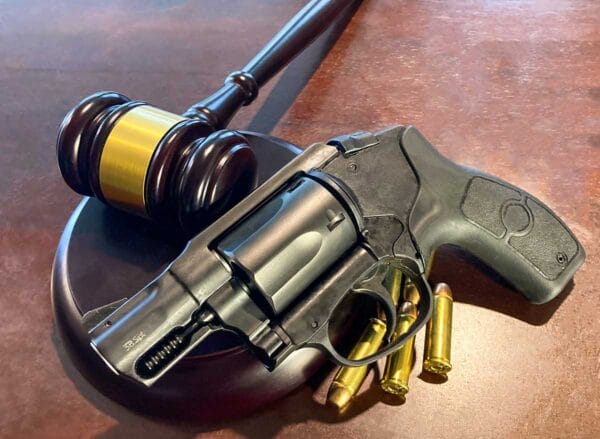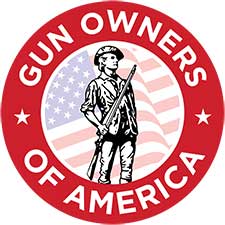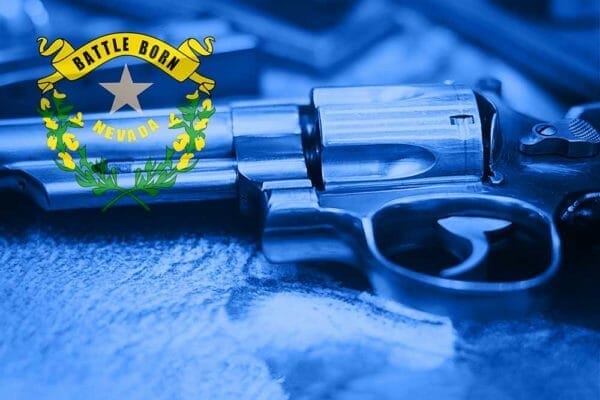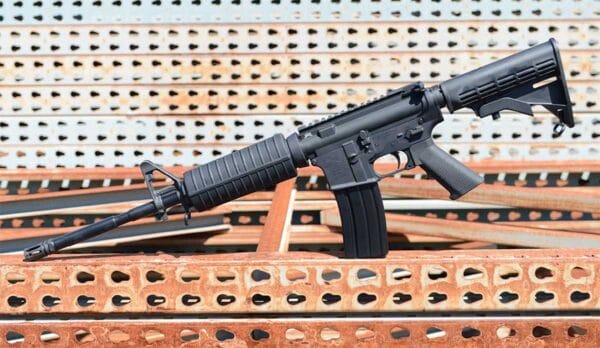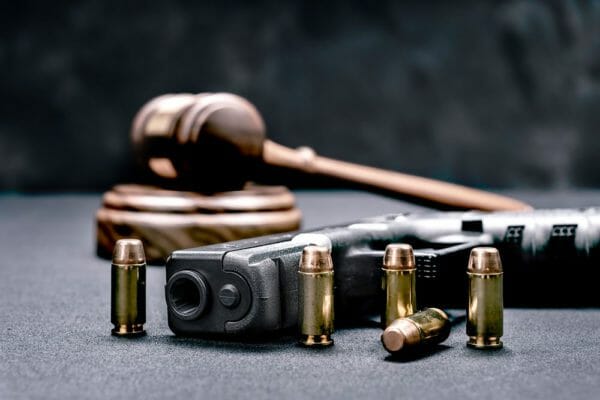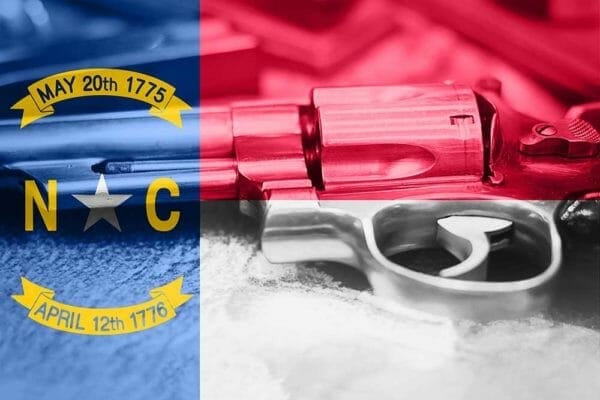
Last Friday, everyone rose up in arms when Elizabeth MacDonough, the Senate Parliamentarian, yanked the Hearing Protection Act and the SHORT Act from the Big Beautiful Bill. MacDonough announced the proposed laws exceeded the limitations of the Byrd Rule and couldn’t be included.
MacDonough said removal of suppressors, short-barreled rifles, short-barreled shotguns and AOWs was policy and would have to be passed by the usual channels, facing a Senate filibuster without the 60 votes needed to overcome it.
What could be considered in the reconciliation bill was the amount of the excise tax on transfers of suppressors, SBRs, SBSs, and AOWs. The result would look suspiciously like the version of the Hearing Protection Act the House sent to the Senate. RINOs in the House ditched the SHORT Act and watered down the HPA by reducing the tax to zero but keeping all the other requirements.
The National Firearms Act of 1934 was and is a tax measure: It has never been held to be anything else. The U.S. Supreme Court affirmed this in 1937 in Sonzinsky v. U.S. and again two years later in United States v. Miller. It was never considered to be a Second Amendment issue at all.
In fact, in Miller, the court specifically said the NFA did not violate the Second Amendment nor did it impact the police powers of a state.
Actual common sense (as opposed to “commonsense” as used by gun control fans) says reducing a tax to zero means it’s no longer a tax. However, common sense and the law seldom cross paths. A zero tax is still a tax, and the compliance requirements stand.
But here’s the thing: Other than the transferee’s name, photograph, and fingerprints, the National Firearms Act doesn’t specify those requirements. Under the original law, those were left up to the Treasury Secretary and the Commissioner of the Internal Revenue Service. With all the changes in the federal bureaucracy, I would assume those duties are now vested in the Attorney General and whoever is the head honcho at the ATF.
With a zero tax rate, there would be no revenue coming to Uncle Sam for suppressors, SBRs, etc., but there would still be all the costs. How many taxpayer dollars could be saved by eliminating all the hoops and hurdles for the most commonly owned NFA firearms?
According to the Congressional Sportsman Foundation, there are roughly 4.86 million suppressors in civilian hands. In 2021, the ATF said there were more than 532,000 registered short-barreled rifles and when the agency reclassified pistols with stabilizing braces as SBRs, there were more than 255,000 new registrations during the tax-free grace period.
The savings could amount to millions of dollars if all you needed to do was send in a form with the information required by the actual law and get a stamp by return mail: Pass the dealer’s NICS check and you’re good to go.
It’s not perfect, but there are no changes required to the National Firearms Act and, under the law itself, procedural changes are within the executive powers of the President.
There is also the argument that the remaining requirements for registration violate the Firearm Owners Protection Act, signed into law by Ronald Reagan in 1986. It includes a blanket prohibition on the creation of a federal registry of guns or gun owners. The NFA has survived this prohibition only because it is a tax.
We may not have gotten what we wanted in the Big Beautiful Bill, but that doesn’t mean we can’t get it by gaming the system so it works in our favor.
[Note: This article is based on the situation as of midnight Sunday, June 29. The Big Beautiful Bill is now headed to the Senate floor for debate.]
Republicans Change Text of HPA and SHORT Act to Satisfy an Unelected Bureaucrat
Senate Parliamentarian Removes HPA and SHORT Act from Reconciliation Bill
About Bill Cawthon
Bill Cawthon first became a gun owner 55 years ago. He has been an active advocate for Americans’ civil liberties for more than a decade. He is the information director for the Second Amendment Society of Texas.
from https://ift.tt/gKHhaEF
via IFTTT



